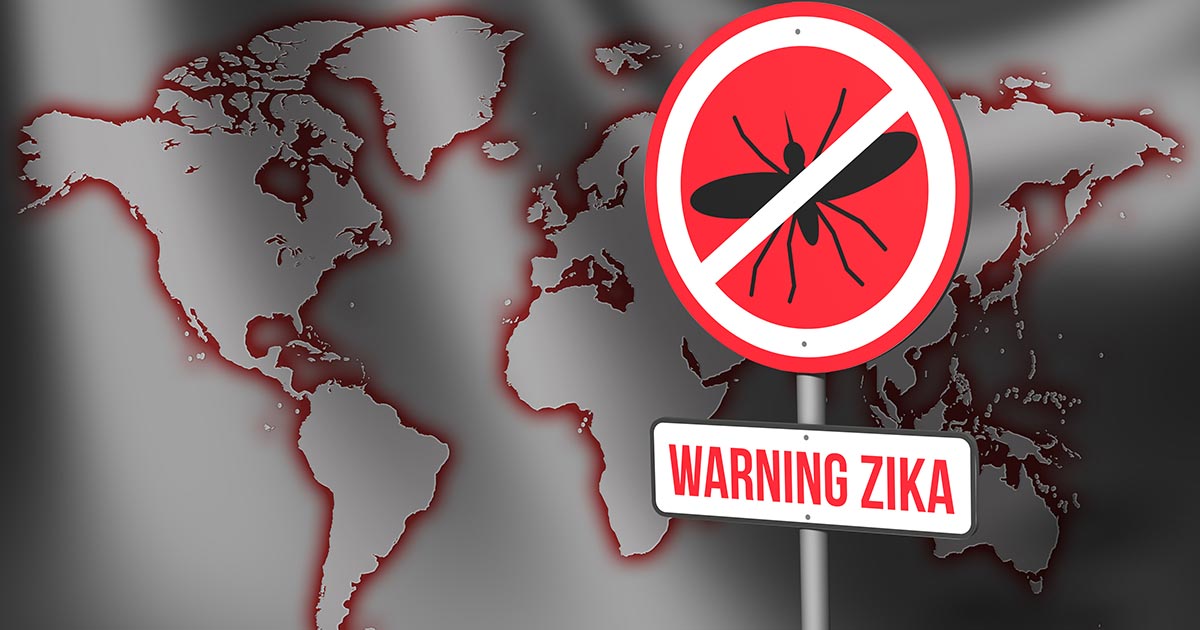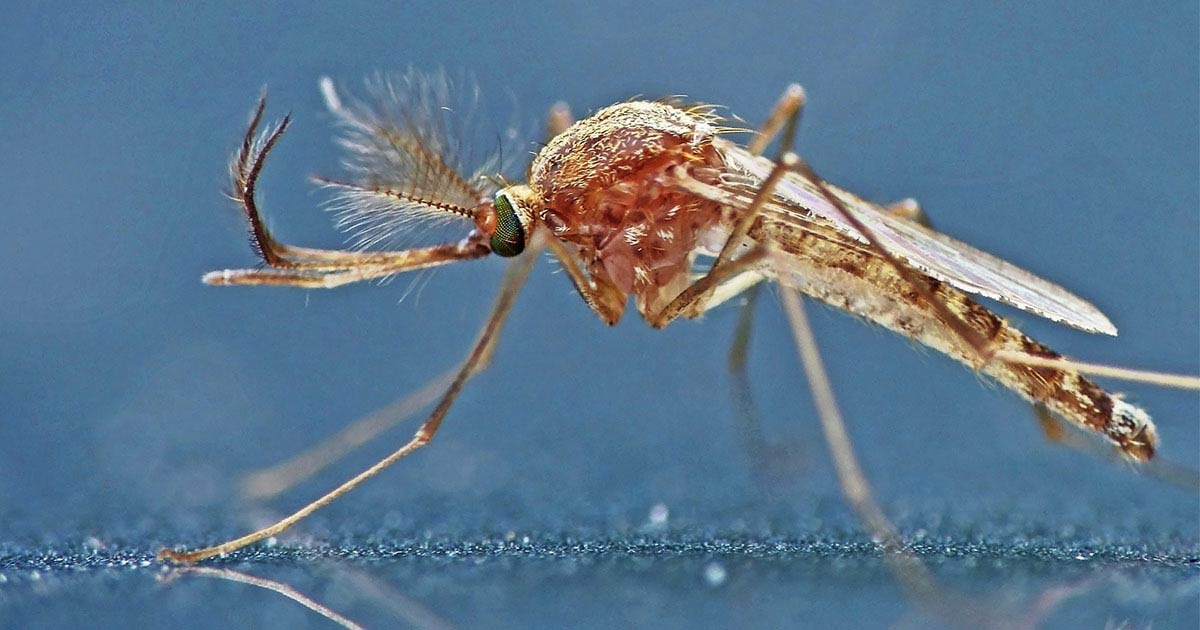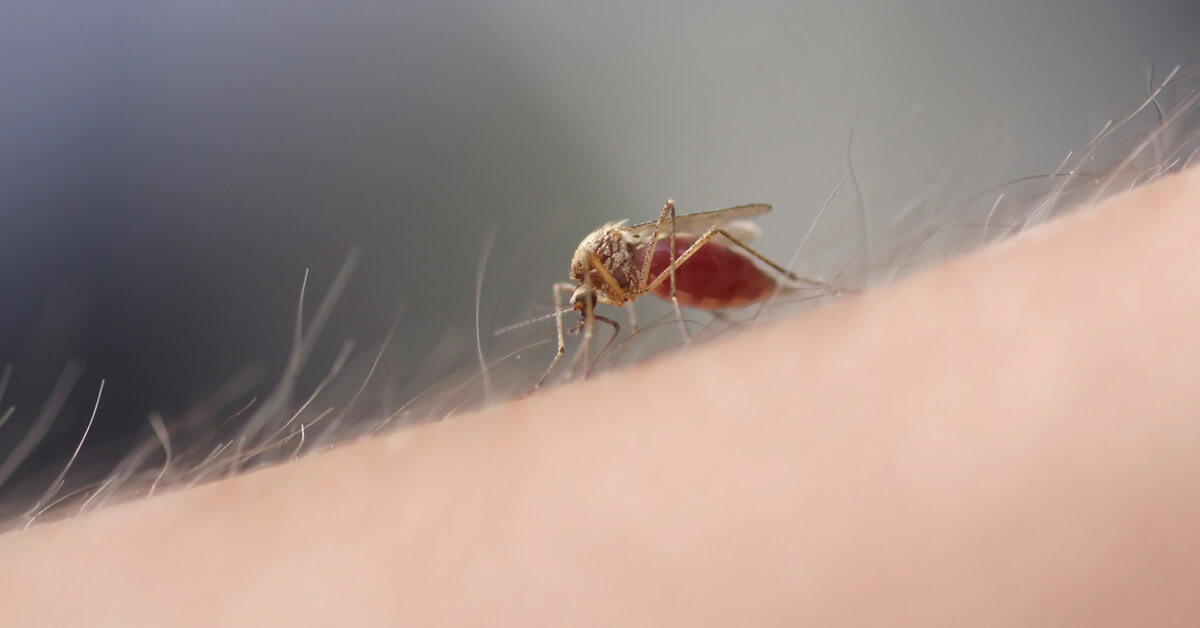Zika Virus and Mosquito Prevention
In mid-2015, Zika virus began to race through South and Central America into the United States. The mosquito-borne virus, new to these regions, alarmed health officials and the public. Suddenly, Zika became a household word.
Three years later, Zika outbreaks and headlines have died down, but the threat of Zika virus remains.1 Understanding Zika's impact and potential can help you protect against Zika and other mosquito-borne diseases.
Where Zika virus has been confirmed in the U.S.
As of September 5, 2018, the Centers for Disease Control and Prevention (CDC) report 41 confirmed cases of Zika virus disease in U.S. states this year.2 All 41 cases involve travelers returning from Zika-affected areas.3 None involve the transmission of the virus by local mosquitoes.
2018's travel-related Zika cases occurred in eleven states: Alabama, California, Florida, Illinois, Maryland, Minnesota, New Jersey, New York, North Carolina, Texas, and Virginia.2
The distinction between travel-related cases and local transmissions is significant. In most cases, infected travelers don't spread Zika when they return. Problems occur when local mosquitoes bite returning travelers and become infected themselves.
Once infected, local mosquitoes bite and infect more humans, who infect more mosquitoes when bitten again. The chain reaction of local transmissions triggers outbreaks. As of September 5, 2018, the most recent local U.S. Zika transmissions were seven cases in Florida and Texas in 2017.4
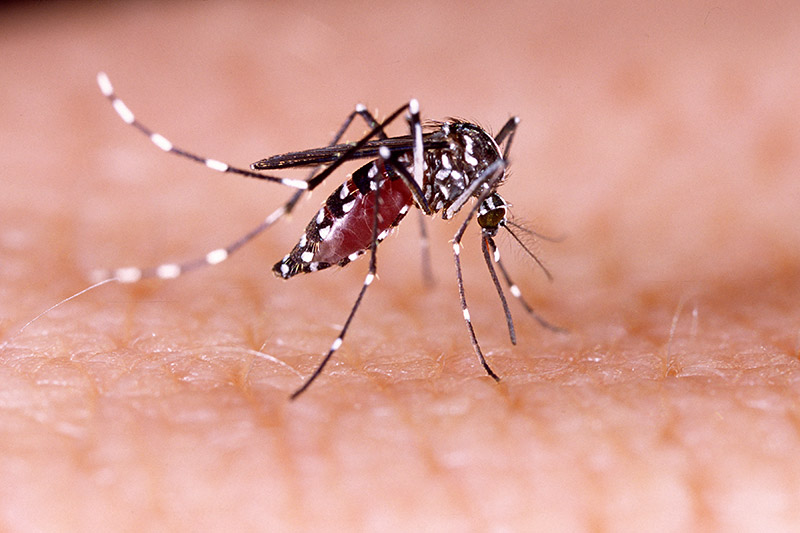
How Zika is transmitted and why risks still exist
Zika virus typically spreads through bites from infected mosquitoes, but not every mosquito can transmit Zika. Two non-native mosquitoes are behind its spread: the Asian tiger mosquito, known by the scientific name Aedes albopictus, and the yellow fever mosquito, Aedes aegypti.
These two exotic species are established in tropical and subtropical areas, but climate change has extended their range well into the United States.5 If Zika virus is introduced, outbreaks are possible wherever the Aedes mosquitoes exist.
In addition to direct mosquito transmissions, Zika can pass from an infected pregnant woman to her unborn child. Zika can also transmit through human sexual contact and blood transfusions.6 Scientists continue to explore other ways it may spread.
What symptoms and complications are linked with Zika virus
Many people infected with Zika never develop any symptoms. Others experience headache, fever, skin rashes, red eyes, and general aches and pain. These flu-like symptoms usually resolve themselves within a week. However, people with immune and neurological conditions can have serious complications.
When Zika infection transmits during pregnancy, severe birth defects such as brain abnormalities can result. Scientists are discovering more ramifications as these children mature. A CDC study released August 7, 2018 reports that approximately one in seven children exposed to Zika virus prior to birth develop Zika-related birth defects or abnormalities.7
As of September 2018, no vaccine or specific medicine exists to prevent or treat Zika virus.5
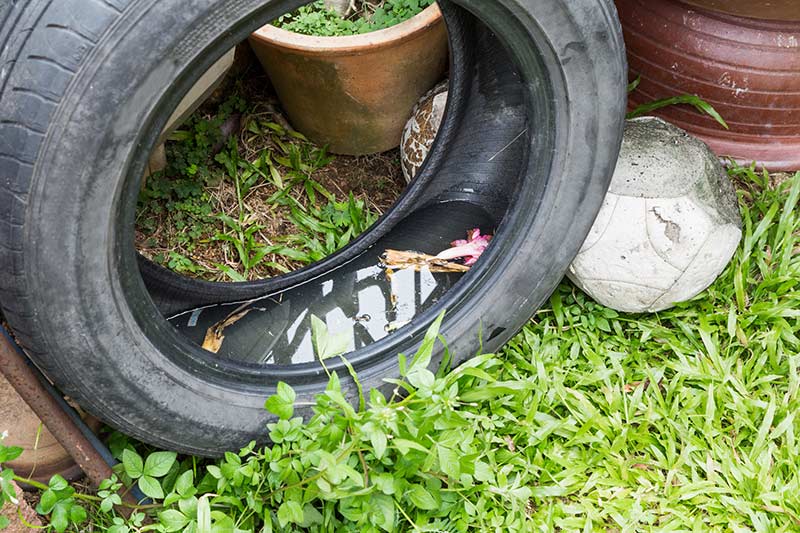
How you can protect against Zika with two-step mosquito control
Protection against Zika virus demands effective mosquito control to reduce mosquitoes and avoid their bites. CDC recommendations start with eliminating the stagnant, confined water where mosquitoes breed. Effective treatment of remaining water sites follows two essential steps:8
Step One: Target mosquito larvae.

Step Two: Fight adult mosquitoes. Amdro brand products that kill adult mosquitoes, help you avoid mosquito bites around your home. Amdro Quick Kill Insect Killer for Lawn & Landscape Ready To Spray and Amdro Quick Kill Lawn & Landscape Concentrate kill adult mosquitoes by contact. Perfect for patios and decks, they also kill nuisance wasps, yellow jackets, gnats and flies.
With the help of Amdro pest control products, you can help reduce mosquitoes and avoid bites that could spread Zika virus, West Nile virus, and other mosquito-borne diseases.
Always read the product label and follow the instructions carefully. Amdro and Amdro Quick Kill are registered trademarks of Central Garden & Pet Company.
Sources:
1. Centers for Disease Control and Prevention, "Zika Virus," September 5, 2018.
2. Centers for Disease Control and Prevention, "Zika Virus - 2018 Cases Counts," September 5, 2018.
3. Centers for Disease Control and Prevention, "Zika Travel Information," August 14, 2018.
4. Centers for Disease Control and Prevention, "Zika Cases in the United States," September 5, 2018.
5. Centers for Disease Control and Prevention, "Estimated Range of Aedes Aegypti and Aedes Albopictus in the United States, 2017," February 23, 2018.
6. Centers for Disease Control and Prevention, "Zika Virus – Prevention and Transmission," June 20, 2018.
7. Centers for Disease Control and Prevention, "Morbidity and Mortality Weekly Report, Vital Signs: Zika-Associated Birth Defects and Neurodevelopmental Abnormalities Possibly Associated with Congenital Zika Virus Infection — U.S. Territories and Freely Associated States, 2018," August 7, 2018.
8. Centers for Disease Control and Prevention, "Zika Virus – Controlling Mosquitoes at Home," May 21, 2018.

